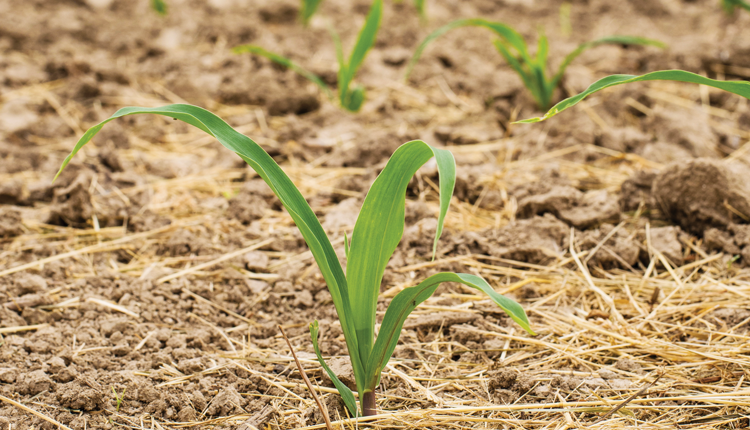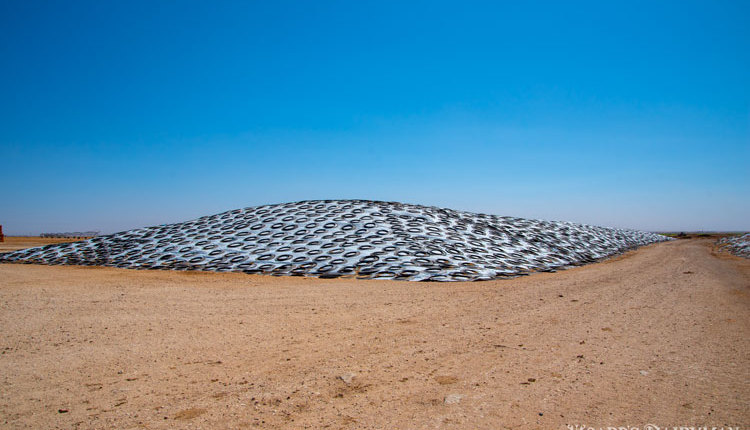
Much has been written about the yield and quality differences among various grass species, but farmers planting forage grasses either as a companion crop with alfalfa, or as a pure stand, should also pay attention to the variety of the grass species they intend on planting. That’s because there can be as much difference in first cut heading date within a grass species as between one grass species to another. This can be especially important in legume-grass stands since the goal is for the grass to be in the boot stage when first-cut alfalfa is in the late bud stage. New technology alfalfa may be an exception since one harvest management option with these varieties is to allow them to mature to early bloom, and there are few cool-season grasses that would still be in the boot stage at that point. “Few” doesn’t mean none, however, and there may be one or two very late-maturing grasses that would be a suitable companion for these varieties. I know of no research addressing this idea, however.
Grass heading data from Cornell University’s forage variety trials illustrate the importance of grass variety selection. Based on 2023 data from a trial seeded in 2022, the first cut heading dates of 10 orchardgrass varieties ranged from May 11 to June 1, a range of almost three weeks! Both NDF and NDF digestibility of the earliest and latest orchardgrass varieties were almost identical at heading, proving that species within the first cut heading date can be a good predictor of forage quality. Similarly, the first cut heading dates of nine timothy varieties ranged from May 22 to June 11. In the same trial, almost all tall fescue and meadow varieties headed out within a few days of May 20 so there wasn’t nearly as much difference in heading date between varieties of these species as there was for orchardgrass and timothy.
Farmers planting pure stands of grass should use the grass species that best meets the forage quality, soil drainage, and other requirements of where it will be planted. Then, consider when it’s likely that the first cut from these fields will be harvested. If they will be harvested later than other grass fields, and if it’s a species for which there are big differences in heading date between varieties, plant a variety with a relatively late heading date. If it will be one of the first fields harvested, consider planting an early heading variety.
Maturity data on forage grasses is available from a variety of sources, including seed companies, and both the Cornell University and Penn State University forage variety trial annual reports.








